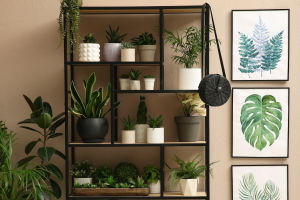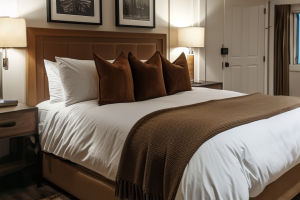When we think about relaxing after a long day, a nice soak is often our go-to idea. But have you ever wondered how bathtubs came to be?
What materials were used, and how did their shapes evolve? Let’s explore this everyday item with a fresh perspective and some interesting details.
The Origins and Materials of Bathtubs
Bathtubs have always been designed to hold water for bathing or showering, mostly found inside our bathrooms. Traditionally, many bathtubs were made from enamel-coated steel or cast iron. This coating—called enamel—was a special process invented by David Dunbar Buick, a Scottish-American who also founded the Buick car company and created the OHV engine. His enamel coating made bathtubs smooth and resistant to rust, which was a huge step forward in durability and comfort.
Aside from metal tubs, other cultures developed different styles. For example, the traditional Japanese "furo" was made from wood, offering a natural and warm bathing experience. These wooden tubs are still valued for their rustic charm and calming feel.
The Evolution of Bathtub Shapes and Colors
For many years, most bathtubs stuck to a rectangular shape. This simple design made installation easier and matched most bathroom layouts. However, as acrylic and fiberglass materials became popular in recent decades, manufacturers started experimenting with new shapes and designs. Today, tubs come in various forms — from oval to corner shapes, even ones with curves designed to fit the human body more comfortably.
The most common bathtub color remains white, symbolizing cleanliness and simplicity. Still, we now see tubs in soft pastels like pink or even bold colors, allowing more creativity and style in bathroom design. This variety lets us personalize our bathrooms to fit our taste and mood.
Bathtub Features and Drainage Systems
Functionality matters just as much as style. Almost all bathtubs have a drain at the bottom to empty water quickly and efficiently. On top of that, many tubs have an overflow drain placed near the rim to prevent water from spilling over if the tub fills too much. In some designs, faucets and water controls are mounted directly on the tub’s edge for easy access.
These practical details enhance safety and convenience, showing how modern bathtubs balance design with user needs.
Why Bathtubs Matter in Our Daily Lives?
Taking a bath is not just about cleanliness; it’s a moment of rest and comfort. When we soak in a warm tub, it helps relax muscles, calm our minds, and offers a quiet retreat from daily stresses. With so many materials, colors, and shapes available, we can find the perfect tub that suits our lifestyle and space.
Moreover, the history behind this everyday object connects us to a long tradition of innovation and culture, from wooden tubs in Asia to enamel-coated metal ones in the West.
Our Tub Story
So, next time you prepare for a bath, remember that your tub is more than just a water container. It reflects centuries of thoughtful design, creativity, and comfort. From the timeless rectangular shapes to the smooth, curved acrylic models, each tub carries its own unique story and purpose.
We hope you enjoyed learning about bathtubs as much as we enjoyed sharing this with you. What’s your favorite tub style or a memorable bathing experience? Feel free to share with us — we love hearing from fellow Lykkers!


